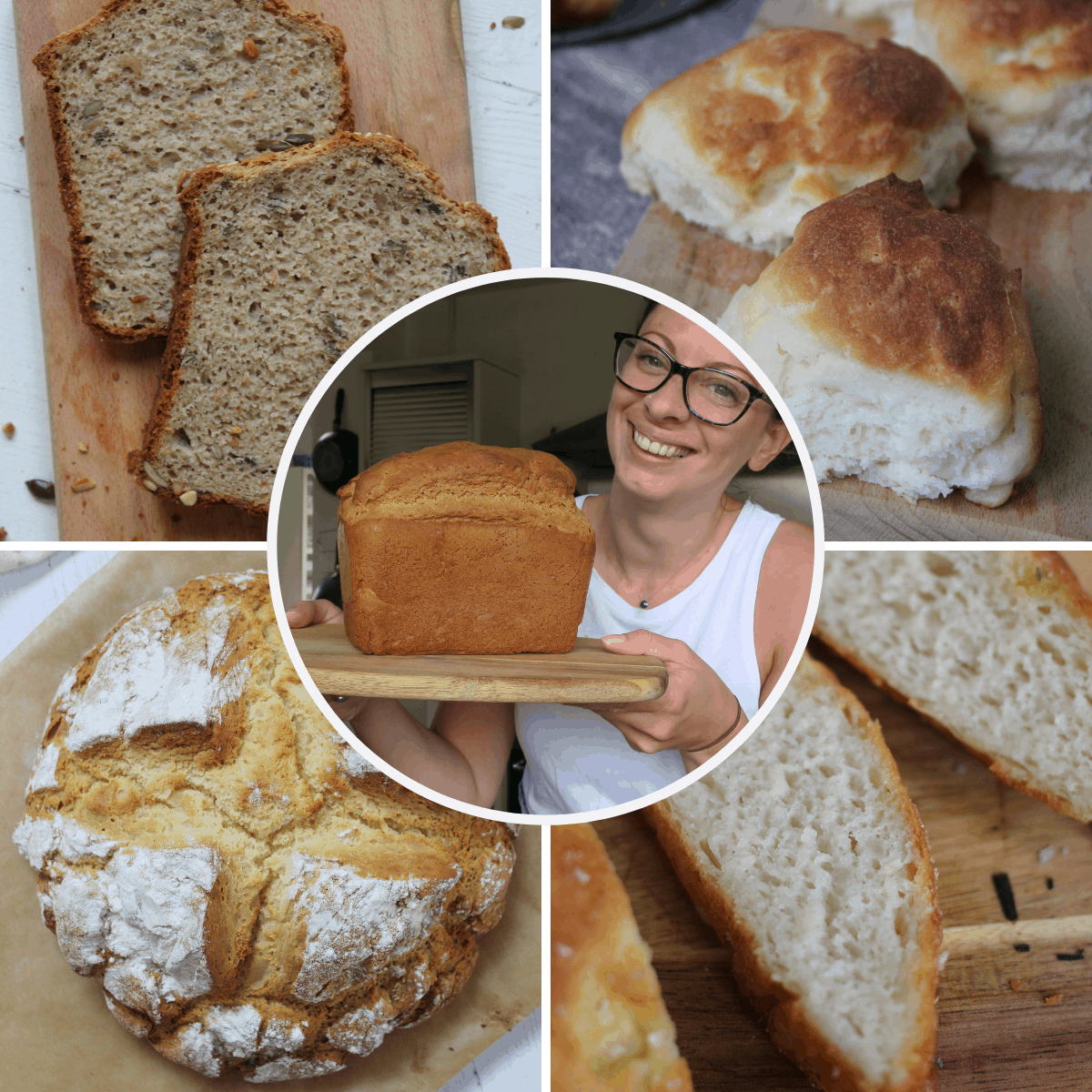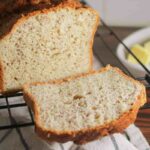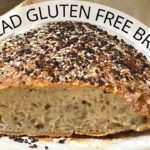Craving delicious bread without the gluten? This journey into the world of gluten-free baking unveils five exceptional recipes, each designed to tantalize your taste buds and elevate any occasion. From the comforting embrace of a classic loaf to the celebratory flair of festive breads, we’ll explore techniques and tips to achieve perfectly textured, flavorful gluten-free creations. Prepare to discover the secrets to mastering the art of gluten-free bread making, ensuring every slice is a delightful experience.
We’ll guide you through detailed, step-by-step instructions for a classic loaf, a quick weeknight option, and two show-stopping recipes perfect for holidays or special gatherings. We’ll also tackle common challenges, offering solutions to ensure consistently successful results, regardless of your baking experience. Get ready to transform your gluten-free baking from a challenge into a joyous celebration of flavor and texture.
Troubleshooting Gluten-Free Bread Baking

Gluten-free bread baking presents unique challenges compared to traditional baking. The absence of gluten, the protein that provides structure and elasticity in wheat flour, leads to common issues that require specific solutions. Understanding these challenges and implementing appropriate techniques is key to achieving a consistently delicious gluten-free loaf.
Common Problems and Solutions in Gluten-Free Baking
Dryness and crumbly texture are frequently encountered problems in gluten-free bread. Dryness often stems from insufficient moisture in the recipe or excessive baking time, resulting in a dense, hard loaf. A crumbly texture, on the other hand, usually indicates a lack of binding agents, resulting in a bread that falls apart easily. To combat dryness, increase the liquid content slightly in the recipe, perhaps adding an extra tablespoon of water or milk at a time, until the desired consistency is achieved. For a crumblier texture, consider incorporating additional binding agents like xanthan gum or psyllium husk powder, following the recipe’s instructions carefully. Over-mixing can also lead to a tough and dry result, so be mindful of the mixing time.
Gluten-Free Flour Blend Comparisons
Various gluten-free flour blends offer different properties and are best suited for specific bread types. A blend predominantly composed of rice flour will produce a lighter, less dense loaf, ideal for quick breads or muffins. However, such a blend might not provide sufficient structure for a hearty artisan loaf. Blends incorporating tapioca starch often contribute to a more tender crumb, while almond flour adds a subtly nutty flavor and richness, though it can result in a denser loaf if used excessively. A blend containing a combination of brown rice flour, tapioca starch, and potato starch usually offers a good balance of texture and moisture retention, suitable for a wide range of bread types. Experimentation is key to discovering your preferred blend for different recipes.
The Importance of Accurate Measuring and Ingredient Substitution
Precise measuring is crucial in gluten-free baking due to the varying absorption rates of different gluten-free flours. Using a kitchen scale to measure ingredients by weight, rather than volume, provides greater accuracy and consistency. Substituting ingredients in gluten-free recipes requires careful consideration. For example, replacing a specific type of starch with another may significantly impact the final texture and moisture content. Always follow the recipe’s instructions meticulously, and if substitutions are necessary, make only small adjustments and carefully observe the results. Small alterations can make a significant difference in the outcome.
Always use a kitchen scale for accurate measurements in gluten-free baking.
From simple weeknight wonders to elegant festive loaves, mastering gluten-free bread baking opens a world of culinary possibilities. These five recipes, along with the troubleshooting tips provided, equip you with the knowledge and confidence to create delicious, satisfying gluten-free bread for any occasion. So, gather your ingredients, preheat your oven, and embark on a baking adventure that’s both rewarding and incredibly delicious. The aroma of freshly baked, gluten-free bread awaits!
FAQ Corner
Can I use any gluten-free flour blend?
While many blends work, results vary. Look for blends specifically designed for bread making, often containing xanthan gum or another binding agent. Experiment to find your favorite!
How can I prevent my gluten-free bread from being dry?
Add extra moisture, such as milk or yogurt, and avoid overbaking. Properly measuring ingredients is also crucial. A digital scale ensures accuracy.
What are the best storage methods for gluten-free bread?
Store gluten-free bread in an airtight container at room temperature for a few days or freeze for longer storage. Freezing helps maintain freshness and texture.
Can I make these recipes ahead of time?
The classic and festive recipes can be made a day or two in advance. The quick bread is best enjoyed fresh. Freezing baked goods is also a great option.


